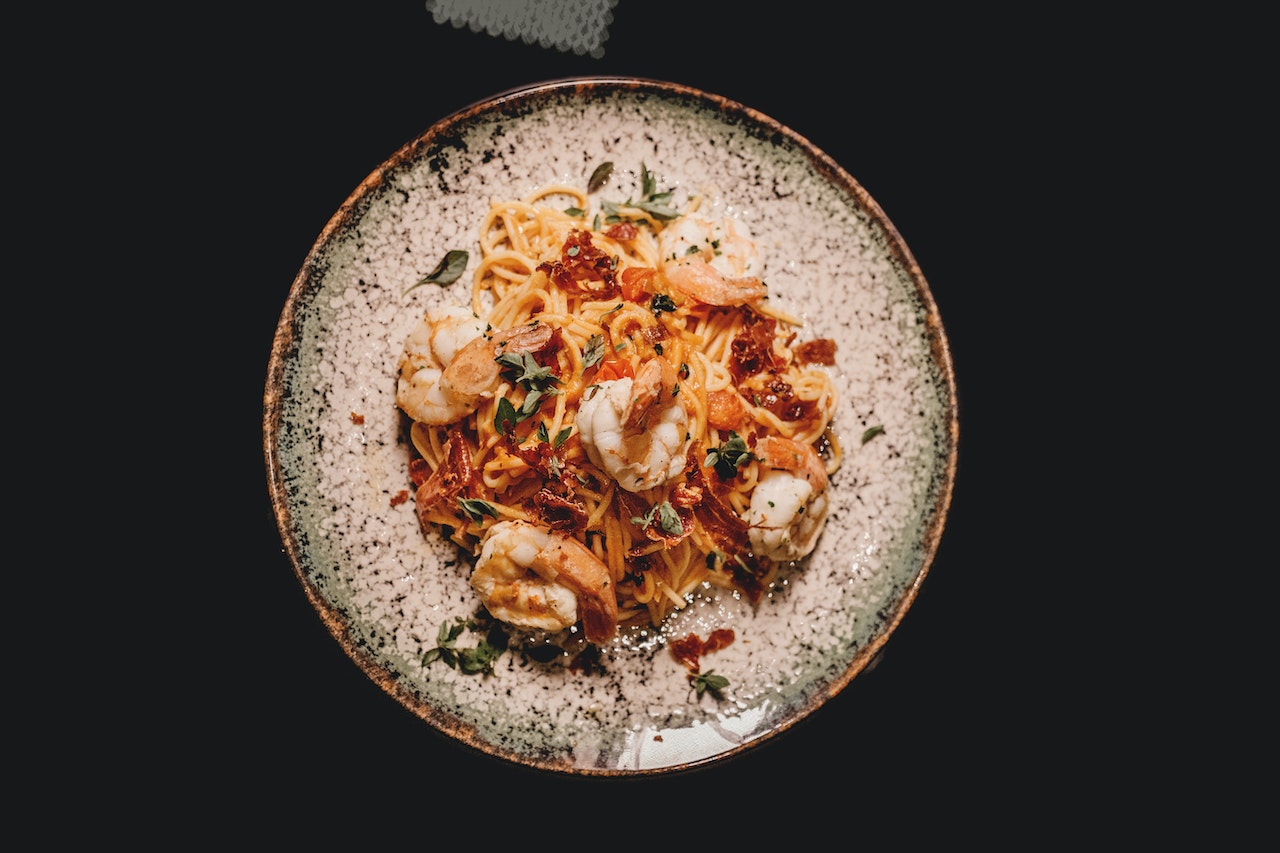Three of the World’s Rarest Foods, and Where to Find Them
Journalist Dan Saladino’s new book is a plea to save the planet’s most endangered crops and culinary traditions
For the last 15 years, Dan Saladino has been traversing the planet, tracking down the stories behind some of the world’s rarest foods. On his first deep dive, the food journalist and presenter on BBC Radio 4’s “The Food Programme”headed to the land of his paternal ancestors, Sicily, to hear the tales behind the vanilla orange, a local delicacy. But what Saladino thought was going to be an uplifting piece about a rare orange variety was one fraught with tales of farming duress, as direct competition from monoculture varieties like navels and Valencia oranges was driving the vanilla orange toward extinction.
On this same trip, Saladino learned about the Slow Food Foundation’s Ark of Taste, a growing catalog of the world’s most endangered foods. “What really grabbed me about this catalog and these foods,” says Saladino, “was that each entry wasn’t just a description of a disappearing genetic resource, but it also took me into history and places that I had no idea existed. Every entry in the catalog transported me to a different place and time.”
In his new book, Eating to Extinction: The World’s Rarest Foods and Why We Need to Save Them, Saladino highlights many of these foods, from American Plains bison to lambic beer in Belgium, not only making the argument that we are in danger of losing a culinary diversity that is good for both our health and our planet, but also tracing the origins of this diversity and how it all came to be. “The story of these foods, and the way in which they’re presented in the book,” says Saladino, from wild foods associated with hunters and gathers, to cereals, vegetables, meats, and more, “is really the story of us and our own evolution.”
Wild
Murnong—Southern Australia
Prior to colonization, murnong—a.k.a the yam daisy—was a prominent ingredient in the diets of many Aboriginal tribes people throughout what’s now southeastern Australia. This subterranean radish-like root grew prolifically across the grassy hillsides of Victoria, often blanketing them in thick fields of yellow flowers that resembled dandelions. Both juicy and nutritious, murnong provided year-round sustenance to Aboriginal peoples who ate it both raw and cooked for tens-of-thousands of years.
Murnong thrived in direct sunlight, so during the dry season Indigenous Aboriginals would light fields on fire to clear away any dead vegetation and leave these underground tubers untouched, with any remaining ash acting as fertilizer. They would also use digging sticks, or “yam sticks,” to gather murnong from the fields, an act that would separate and scatter the tubers and allow them to grow copiously. “You could argue that this was a semi-domesticated plant root,” says Saladino, “the Aboriginals’ equivalent to a staple crop. Imagine their horror when European colonists first arrived and allowed their animals to spread throughout the landscape.”
It turns out that the colonists’ livestock, especially sheep, loved murnong, and were given free range over the fields. By the 1860s, the tuberous root was nearly extinct, relegated to cemeteries and other unfrequented side plots. Today, murnong is making a slow comeback through the likes of Aboriginal community gardens and the country’s celebrated chefs such as Ben Shewry, who incorporates the plant into dishes at his modern Australian restaurant, Attica.
Cereal
Olotón Maize—Oaxaca State, Mexico
There are thousands of maize varieties around the globe, and 59 native varieties in Mexico alone. One in particular is olotón, a bizarre type of corn that grows high among the rugged eastern highlands of Mexico’s Oaxaca State, in a small village belonging to its Indigenous Mixe people. It’s prepared and eaten like most other types of corn, but olotón can reach upwards of 20 feet tall, and has a highly unusual root system that allows it to get its nitrogen both from the ground and from the air. Unlike other maizes, Olotón has a system of aerial roots that sprout outward from its stalk and produce a strange dripping mucus, one that houses a complex nitrogen-fixing microbiome that can transform nitrogen gas in the atmosphere into self-fertilization. “So mind-blowing,” says Saladino, “the interaction between the plant, the air, and the microbes. Here’s a genetic resource that could be beneficial to all of us, and it’s one that to me represents the endangered foods that we’ve ignored or destroyed and now realize that we need.”
Vegetable
Geechee Red Pea—Sapelo Island, Georgia, USA
The Atlantic coastal areas of the American South—including its dozens of barrier Sea Islands like Sapelo and other parts of the Lowcountry—are home to the Gullah-Geechee, descendants of West and Central Africans who were brought over as slaves from their homeland and put to work on the local plantations. Due to the remoteness of these plantations, these slaves were able to maintain many of there Indigenous traditions. This includes sustainable rice farming, a vital component of which is the Geechee red pea—a rotation crop that adds nitrogen back to the soil between plantings. This small, ruby-colored heirloom legume has a rich flavor and an even richer history. It’s a main ingredient in the traditional Gullah dish, “Reezy Peezy,” made with unripe peas and Carolina Gold rice. However, with new development encroaching on the Sea Islands, and many Gullah-Geechee descendants moving away to cities to find work, their food, culture and traditions are in danger of disappearing.
“I met Gullah-Geechee descendant, chef, and farmer [and now cookbook author] Matthew Raiford at a Slow Food festival in Turin, Italy,” says Saladino, “and soon the whole world was opening up to me through this tiny pea. So much had been learned over thousands of years by successive generations of farmers. Now, many people of African heritage who’d left the land in the 20th century, like Raiford, are reclaiming that expertise and knowledge. It’s this knowledge that we need.”
